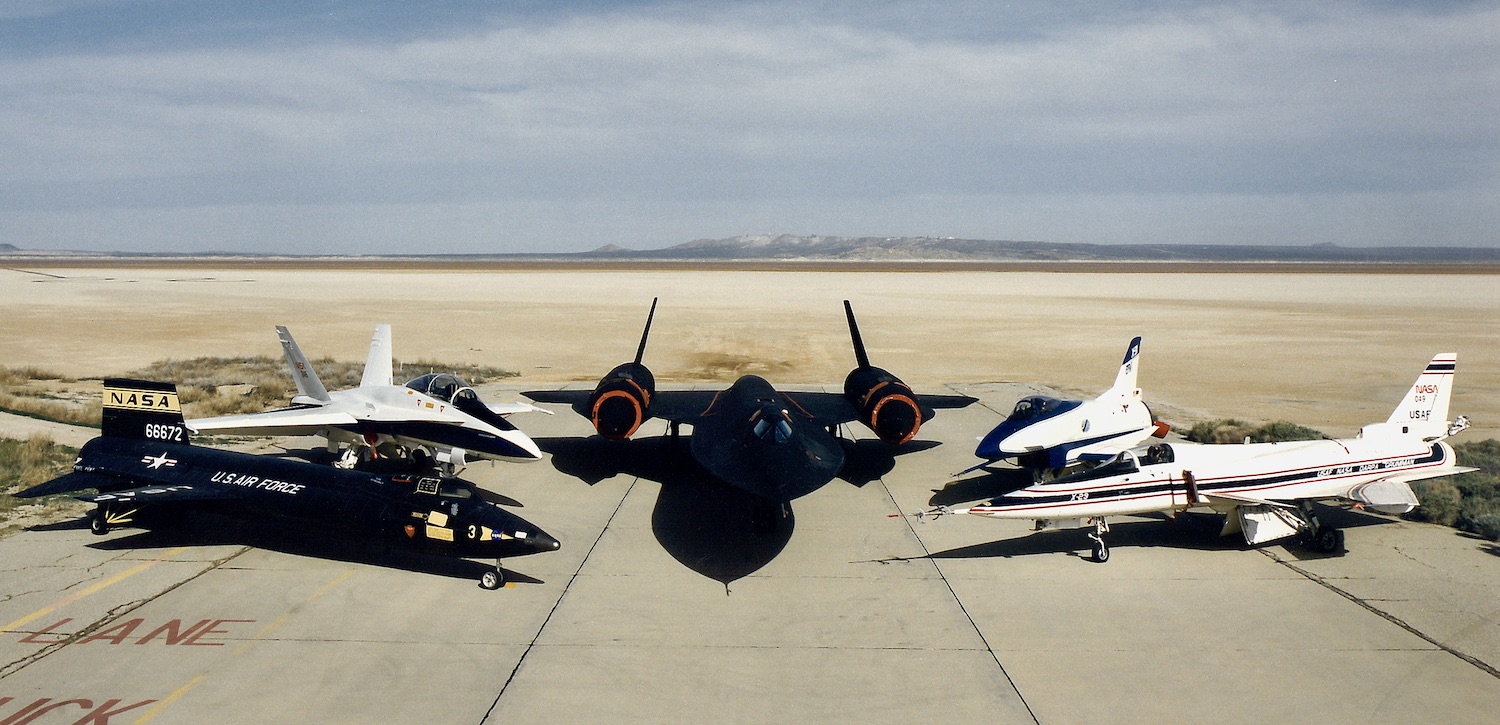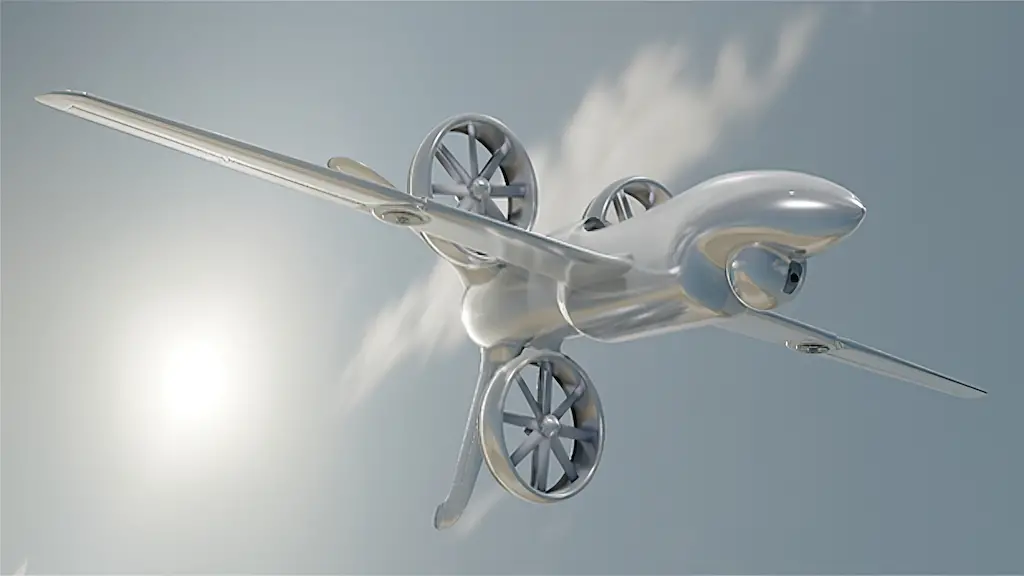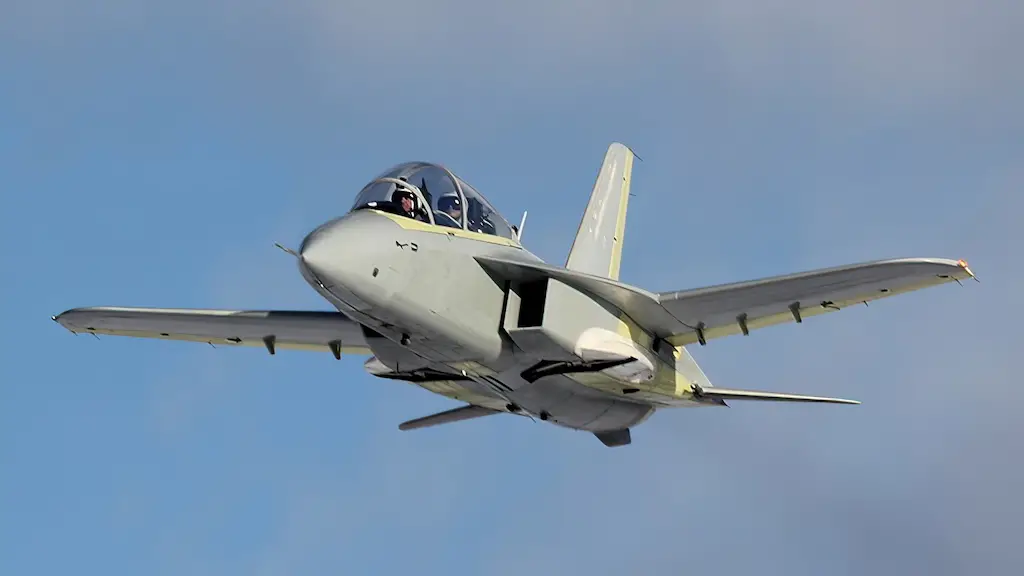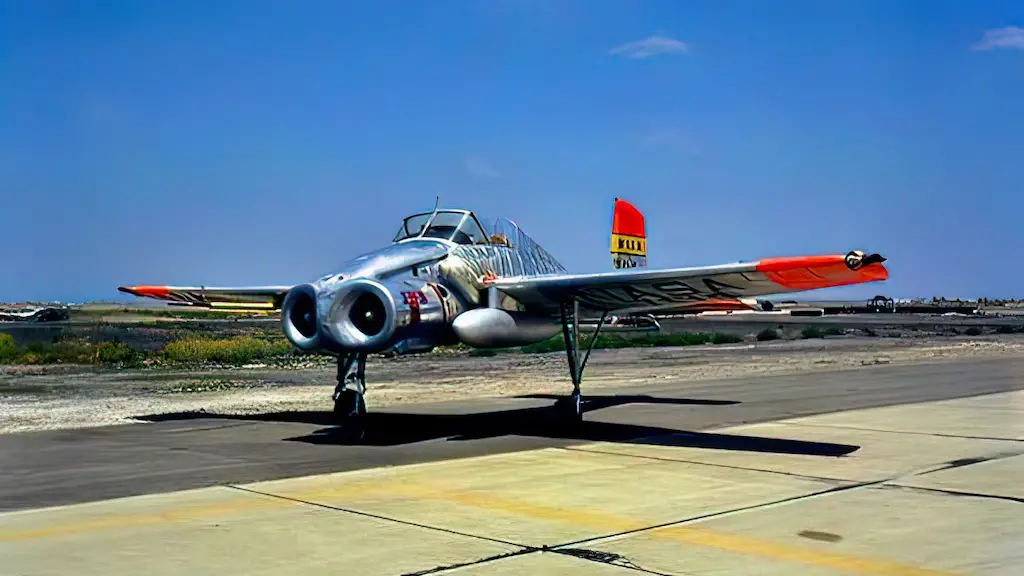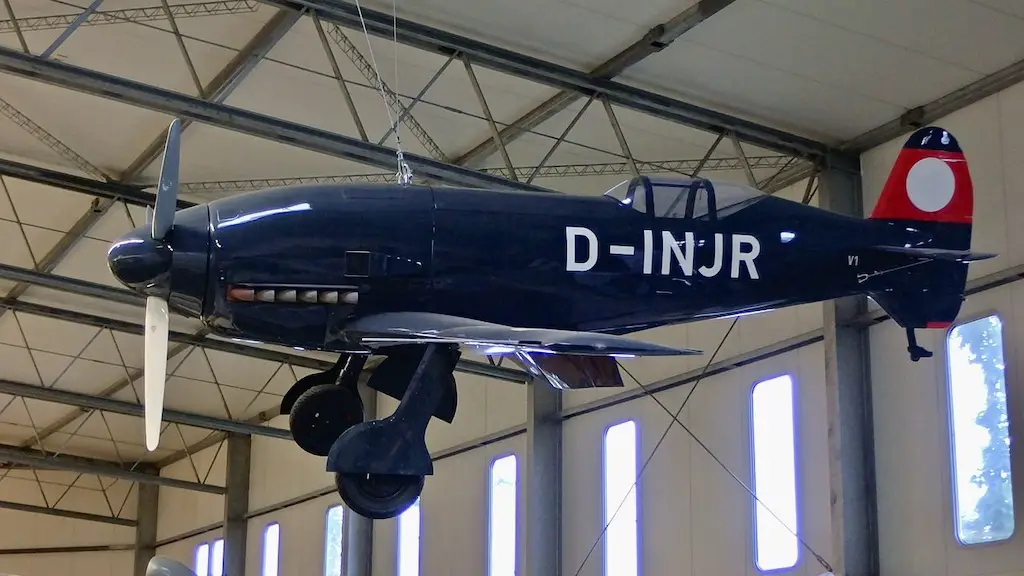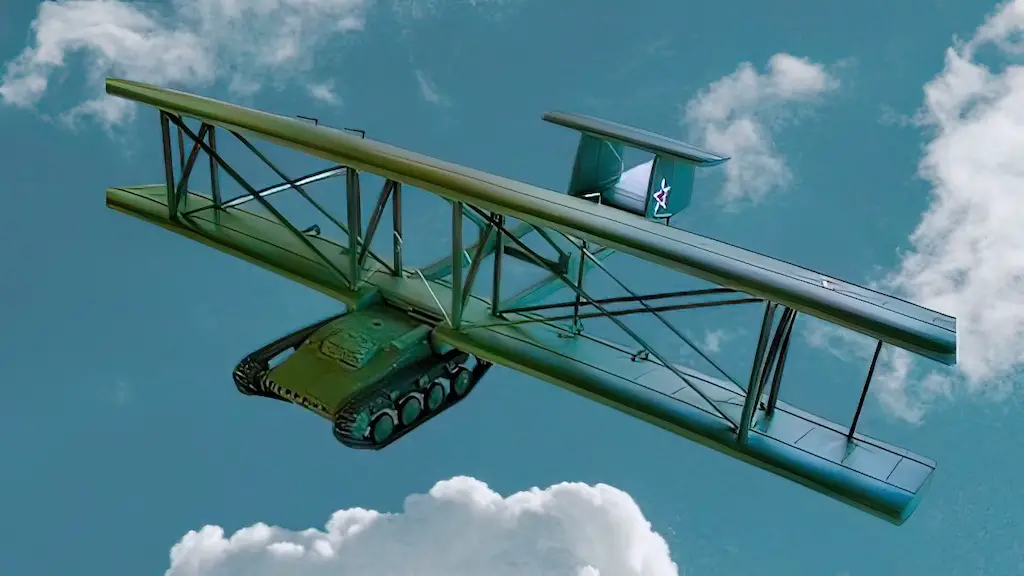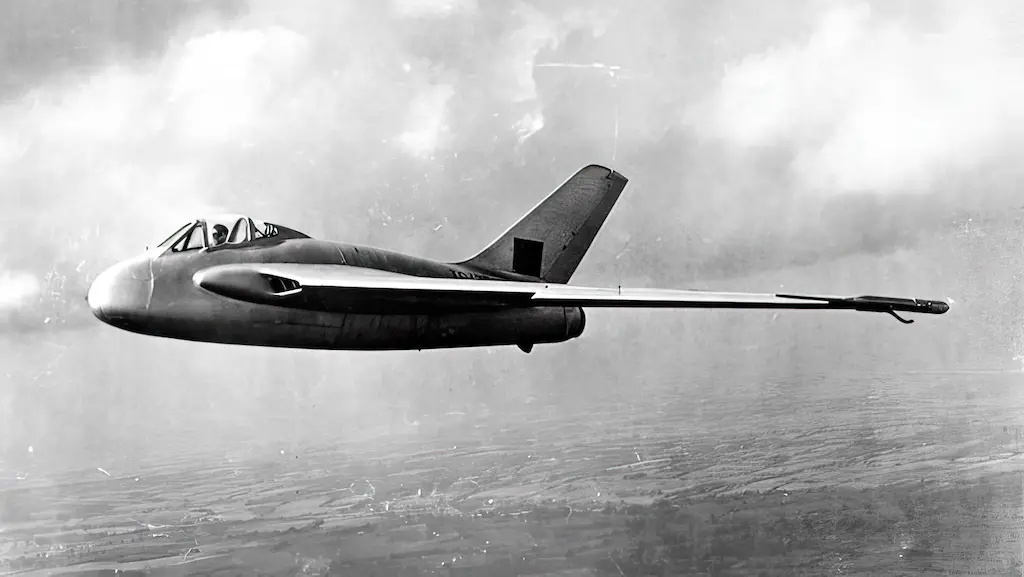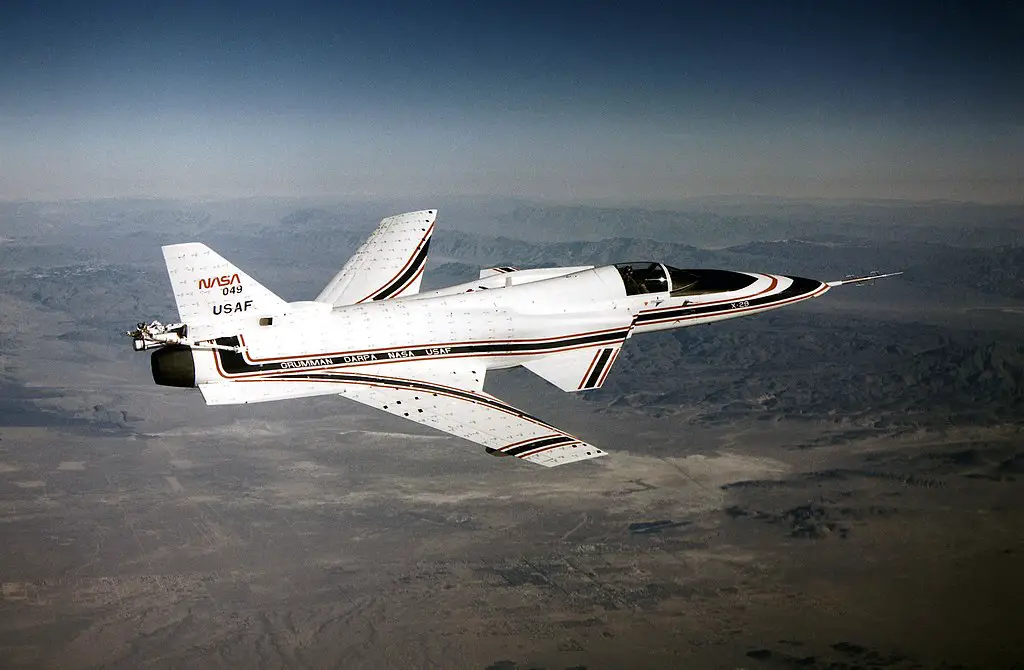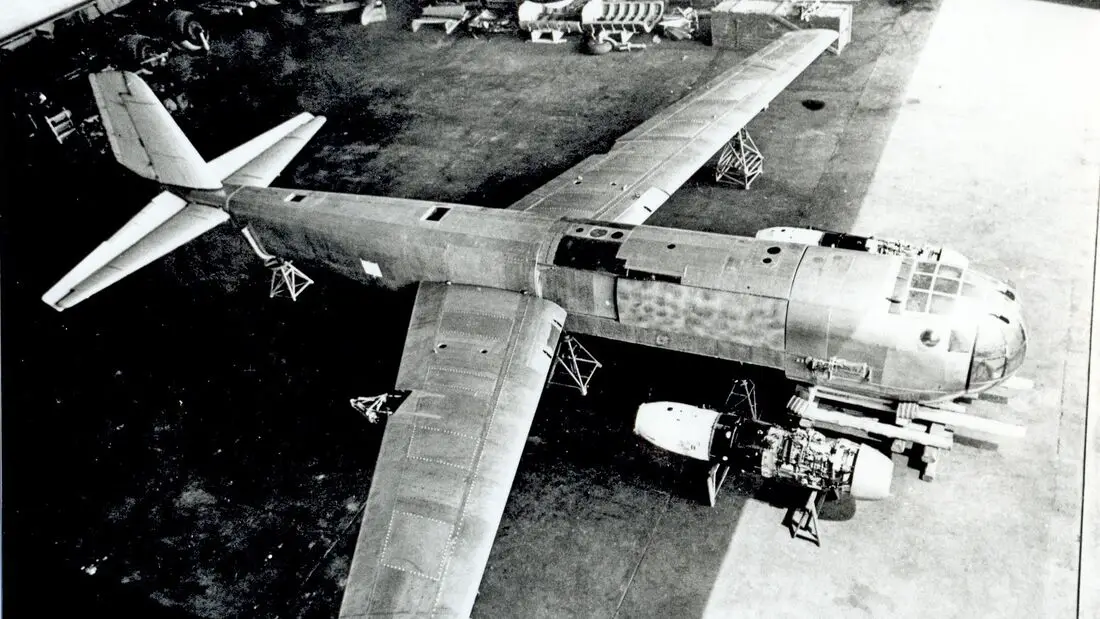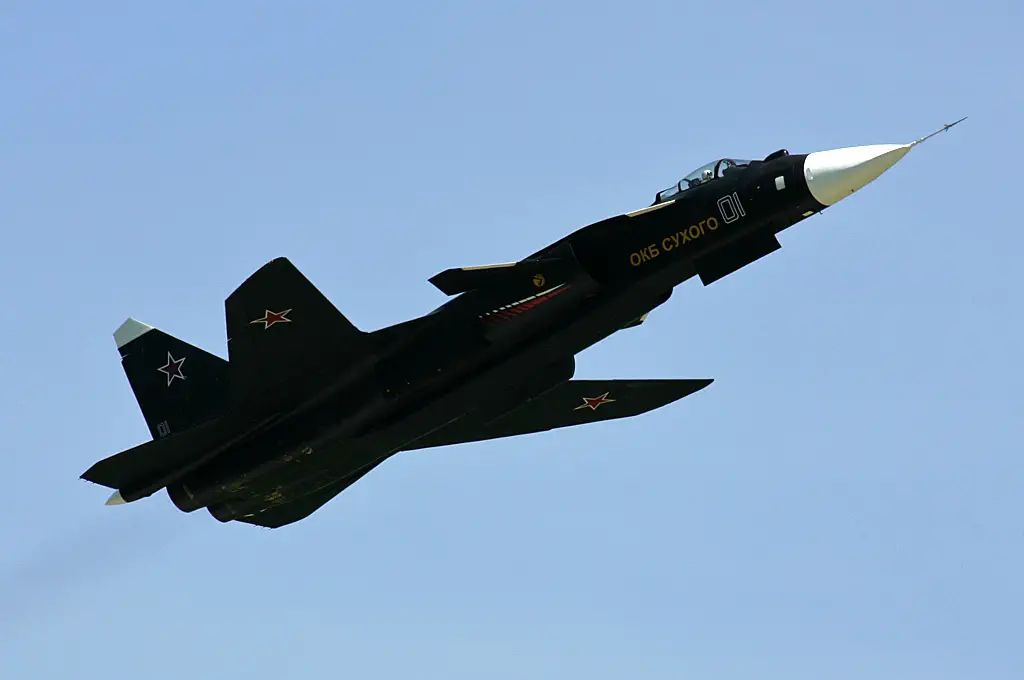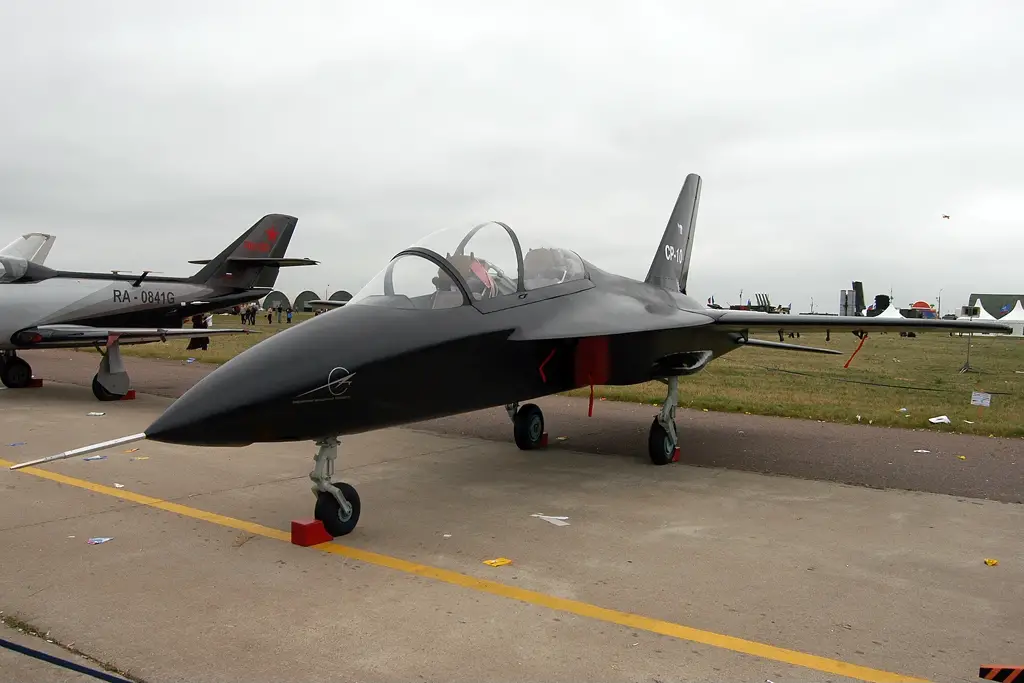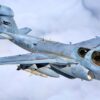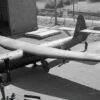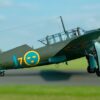In 1984, upon proposals from the US Air Force and the Defense Advanced Research Projects Agency (DARPA) Grumman Aerospace Corporation took a detour from building jet aircraft with regular aft-swept wings and created a unique supersonic fighter prototype with forward-swept wings. For the next eight years Grumman, USAF and NASA experts tested the limits of this bizarre aircrafts capabilities, accumulating lots of very interesting data.
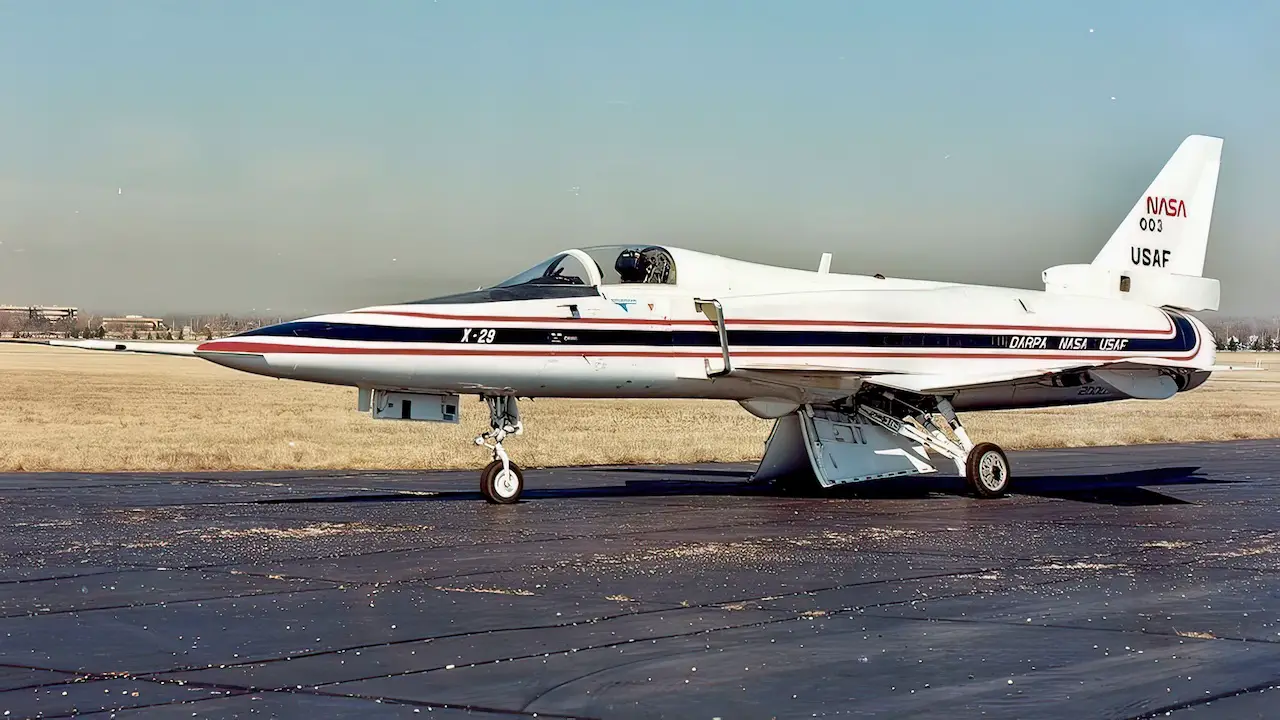
Advantages and challenges of inverted sweep
In contrast with a back-swept wing, air moving over forward-swept wings flows inward toward the wing root rather than outward toward the wing tip. This feature provides better airflow over the ailerons and, consequently better aileron control, preventing stalling at high angles of attack.
Together with movable forward-mounted canards filling in for traditional tail-mounted horizontal stabilizers the X-29’s wings swept forward at 35 degrees provided its pilots with exceptional control response at up to 45 degrees angle of attack.
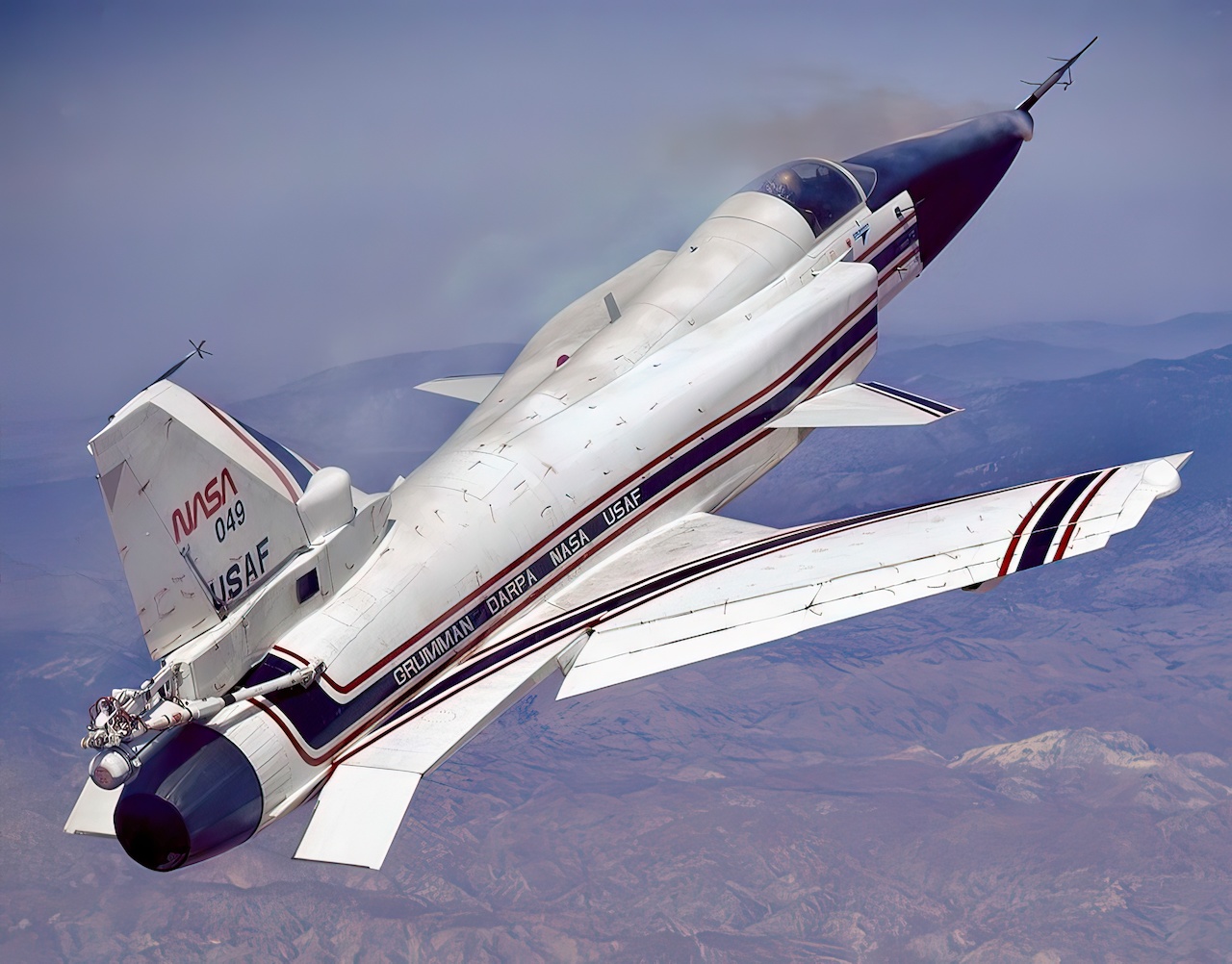
Among the key problems faced by aircraft with forward-swept wings are huge bending and twisting forces acting on the wing. To deal with them such aircraft needs a very strong wing. But strengthening wings is fraught with making them too heavy and the entire airframe unfeasible.
Creators of the X-29 were able to solve that problem owing to the emergence of new composite materials. Composites used in the X-29’s wings permit aeroelastic tailoring, which allows the wing some bending, while limiting twisting. It also prevents structural divergence of the wing, keeping it from deformation or breaking off.
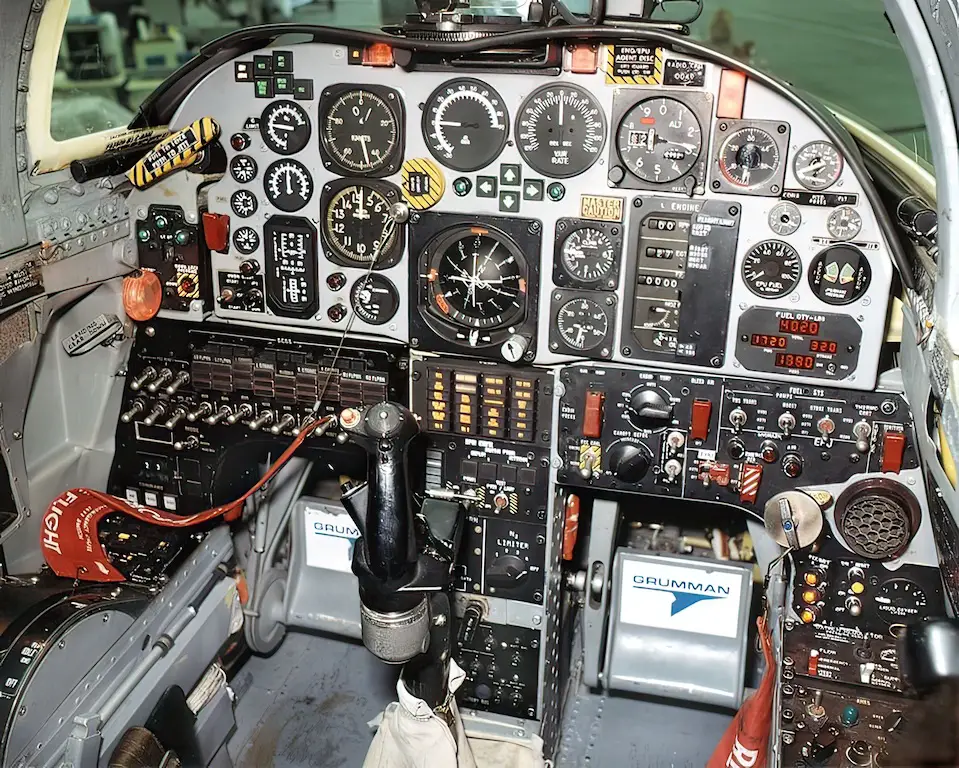
The X-29 was also equipped with computerized fly-by-wire control system providing up to 40 corrections per second, without which it would have been highly unstable. In fact, the DARPA website calls it “the most aerodynamically unstable aircraft ever built.”
Flight tests of the two prototypes built under the X-29 program continued from 1984 to 1992 totaling 422 research missions. Although the program was quite successful, the Pentagon saw no need for such a fighter in its inventory at the time.
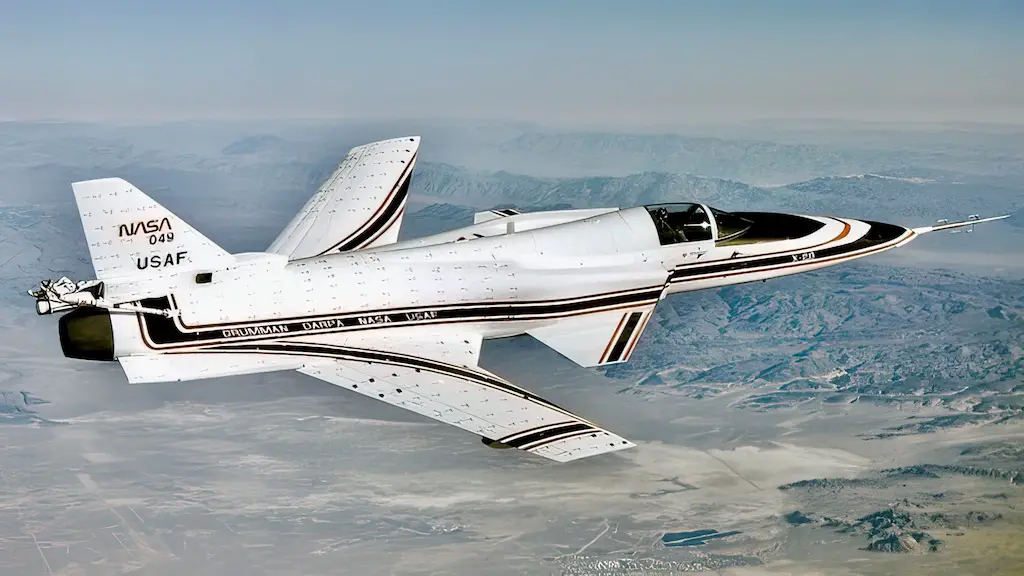
The X-29’s exceptional agility was, no doubt, an asset. But it was of no critical importance at a time when medium-range aerial engagements became the norm. Besides, there was another nascent technology requiring a lot of funding—stealth.

Not the first, not the last
The X-29 was not the first aircraft to make use of forward-swept wings. It was not even the first jet-powered aircraft to feature this scheme. German designers had worked on concepts of jet-powered combat aircraft with forward-swept wings during the WWII years. In 1944 they built and tested the Ju 287 bomber. Several years later the Soviets used that design to create OKB-1 EF 131 bomber. None of these models ever went beyond the prototype stage, though.
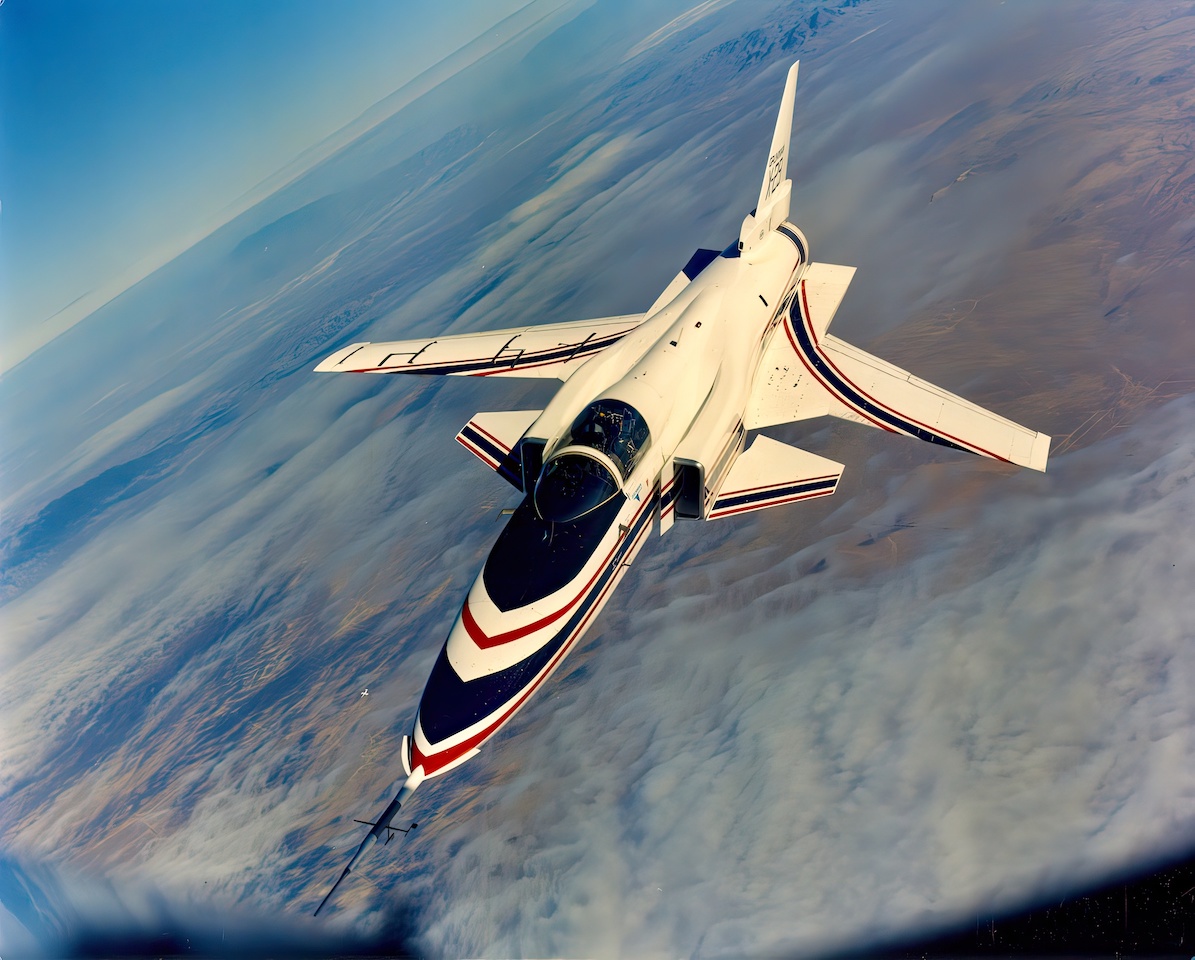
The first and only serially produced jet employing a forward-swept wing was the HBF 320 Hansa Jet developed in West Germany in mid 1960s. Its wings were not as heavily swept as the X-29’s, though. Nor could it fly at supersonic speeds.
The aircraft bearing the most semblance to the X-29 was created in mid 1990s in Russia. It was the Sukhoi Su-47 Berkut. Unlike the X-29, which was more of a small-scale testbed, the Su-47 had the weight and dimensions of a real fighter aircraft.
However, it was never mass produced either, only making test flights and air show appearances. In 2015 Russia also built a jet trainer sporting wings swept forward at 10 degrees, KB SAT SR-10. So far, this model has not progressed beyond the prototype stage either.
